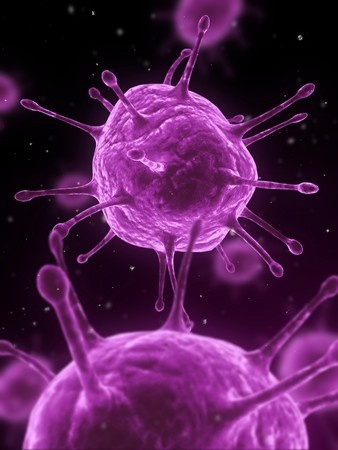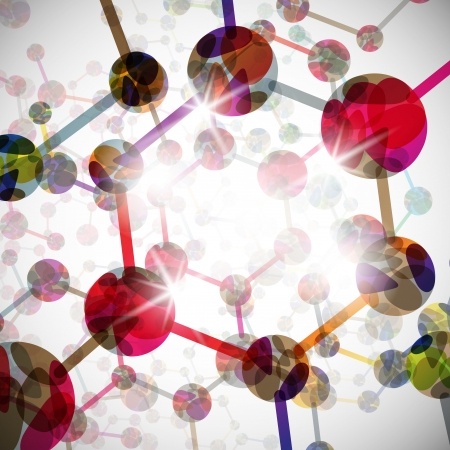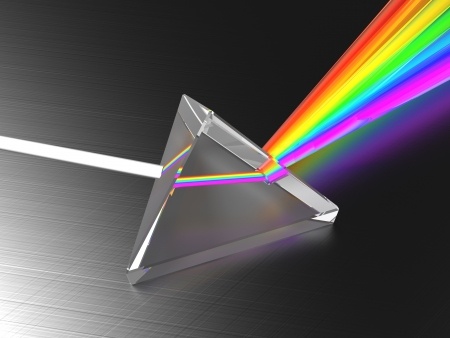Antibiotic resistance, electric peanuts, entangled photons, missions to Mars and artificial asteroids – what more could you ask for to interest your students in science. This eclectic collection of current science news stories is brought to you by STAOBlog.
SciNews is published every Monday and Thursday. Stay tuned for more
 Biology
Biology
Common bacteria on verge of becoming antibiotic-resistant superbugs. Science Daily
Antibiotic resistance is poised to spread globally among bacteria frequently implicated in respiratory and urinary infections in hospital settings, according to new research. The study shows that two genes that confer resistance against a particularly strong class of antibiotics can be shared easily among a family of bacteria responsible for a significant portion of hospital-associated infections. Read more...
Chemistry

Idea for new battery material isn’t nuts. Science News
Packed into boxes, foam peanuts provide gentle protection. But stuffed into a lithium-ion battery, they pack a powerful electrical punch, researchers reported March 23 at the national meeting of the American Chemical Society. Read more…
New form of ice: Square ice filling for a graphene sandwich. Science Daily
Water exists in myriad forms, and for poets and scientists alike this structurally simple yet at the same time behaviourally complex molecule never fails to fascinate. In our everyday lives we are familiar with water in its more common liquid, ice and vapour forms. Scientists also study water under more extreme conditions, including at high pressures, where it can exist in the solid state even at room temperature. Read more…
Physics
Thousands of atoms entangled with a single photon. Science Daily
Physicists have developed a new technique that can successfully entangle 3,000 atoms using only a single photon. The results represent the largest number of particles that have ever been mutually entangled experimentally. Read more…
Earth and Space Science
Mars mission at Canadian space simulator gives taste of astronaut life. CBC News
I’m on a spaceship that’s just entered orbit around Mars when the lights dim, alarms blare and smoke starts spewing through the cabin. I jump from my workstation, confused and anxious to know what’s going on.”Who has a fire extinguisher?” barks our commander, Martin Fischer, gesturing toward an instrument panel at knee level. “Something just exploded in there.” Read more…
NASA has a plan for putting rock from asteroid in moon’s orbit. Science News
Okay, here’s the plan: In 2020, we’ll fly a probe to an asteroid, look for a boulder to steal, pluck it off the asteroid with robotic arms, try to deflect the asteroid using our spacecraft’s gravity, fly back home, deposit the boulder in orbit around the moon, and wait for humans to visit the space rock around 2025. Read more…



